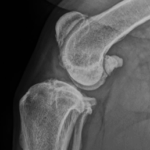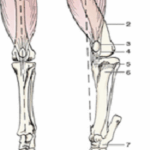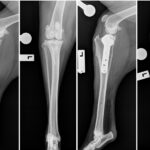Lumps and Bumps
One of the more common things we see pets for are lumps and bumps. It is almost always a stressful visit, as people often worry that the lump may be cancerous.
For far too long the vet profession has approached cancer as a “sorry, your pet has cancer. There’s nothing we can do” disease. That has all changed now, but the single most important thing that determines what we can do is how soon we see the case.
When you bring a pet in to see us with a lump, we will normally ask a few questions about when it was first noticed and how fast has it grown. Depending on the nature of the lump, we may take a sample with a needle in the consult room and examine it under the microscope. This will often tell us if the lump is inflammatory or if it may be a cancerous lump.
For most cancerous lumps, we need to do further test to determine if it is a benign tumour (the “good” kind, which do not tend to spread), or if it is malignant (the “bad” kind, which may spread and invade surrounding tissues). This further testing may be in the form of an incisional biopsy, where we remove a small part of the lump and send it to the lab for analysis, or an excisional biopsy, where we remove the whole lump and send it off to the lab. Which technique we use will depend on the location of the lump, and what we have found on the needle sample.
The vast majority of lumps we see can be cured surgically if we see them soon enough. Even the more aggressive tumours can be fully removed if they are operated on while small. In cases where the tumour can’t be completely removed, or to avoid the need for amputations if the tumour is on a leg, we may recommend daily medication to control the tumour.
If you find a lump on your pet, please see us straight away. Early diagnosis can make a huge difference. In most cases, a vet properly trained in treating cancer can make a significant difference to the quality and length of your pet’s life.
Dr Braden Collins BSc BVMS CMAVA has completed Medical Oncology and Surgery courses through Sydney University, and has an interest in cancer treatment.



